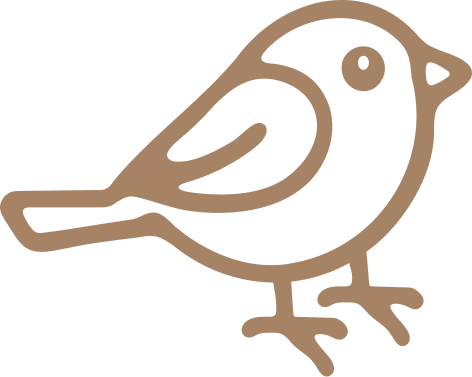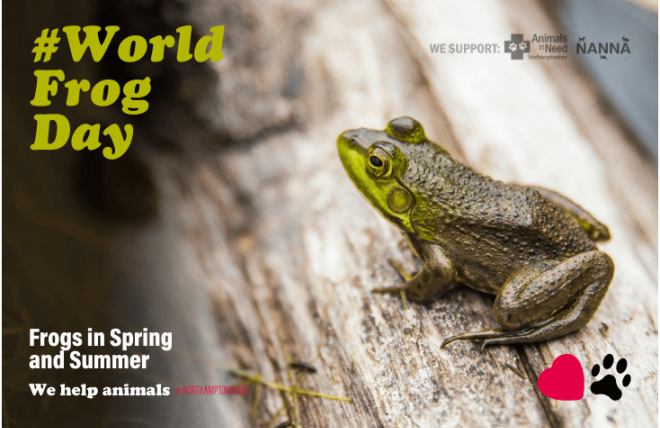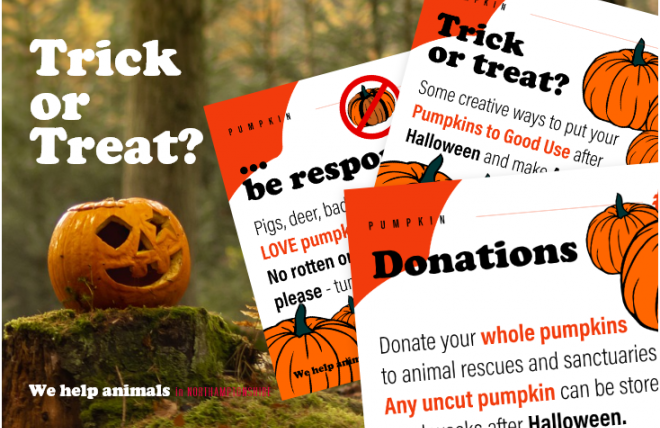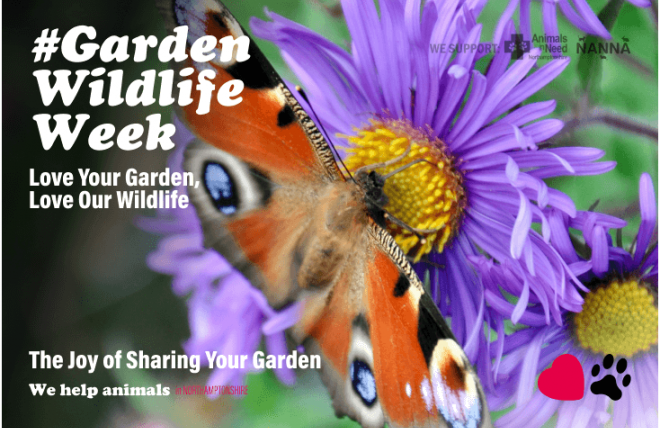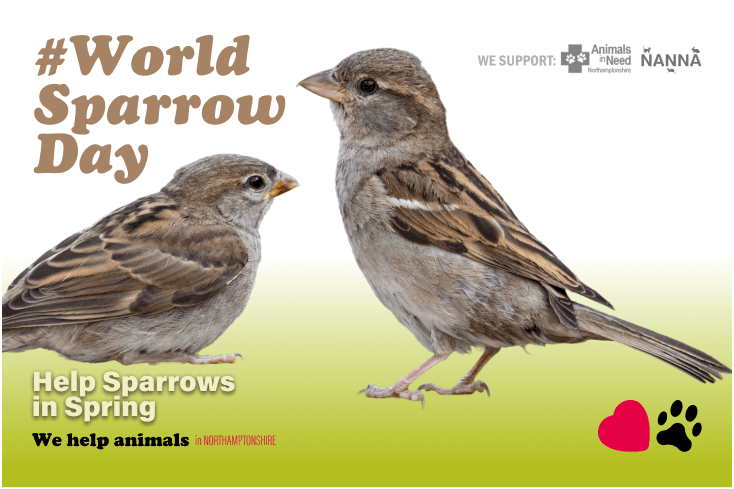
The Return of UK Sparrows in Spring: How to Help and What to Avoid
As spring arrives in the UK, sparrows make a lively comeback, filling gardens and parks with their cheerful chirping. These small yet resilient birds, such as the House Sparrow* (Passer domesticus), Tree Sparrow (Passer montanus), and Hedge Sparrow (Dunnock, Prunella modularis), start searching for nesting sites and food to prepare for breeding season. While sparrows were once abundant, their numbers have declined due to habitat loss, making it essential to support their return.
How to Help Sparrows in Spring
|
|
Provide Safe Nesting SpacesSparrows prefer cavity nests, building them in crevices, tree holes, and even under roof tiles. Installing nesting boxes with a 32mm entrance hole can give them a secure home. Place the boxes in a sheltered location, at least 2-4 meters high, away from predators. |
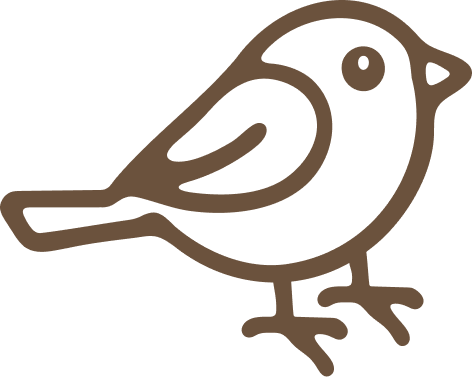 |
Offer the Right FoodSparrows eat seeds, insects, and grains. You can support them by providing: • Sunflower seeds |
What to Avoid Feeding Sparrows
|
|
Bread(lacks nutrition and can cause digestive issues) Milk(sparrows cannot digest lactose) Salty or processed food(harmful to their health) |
What to Avoid
- Translocating Frogspawn: Moving frogspawn between ponds can spread diseases and invasive species. It's best to let nature take its course. arc-trust.org
- Introducing Fish to Ponds: Fish can consume large numbers of tadpoles, reducing frog populations.
Creating a Sparrow-Friendly Garden
Planting native hedges and shrubs like hawthorn, blackthorn, or ivy provides natural shelter and food sources. Letting parts of the garden grow wild encourages insects, a vital protein source for young sparrows.
By making small changes, you can help UK sparrows thrive, ensuring these charming birds continue to grace our gardens for years to come.
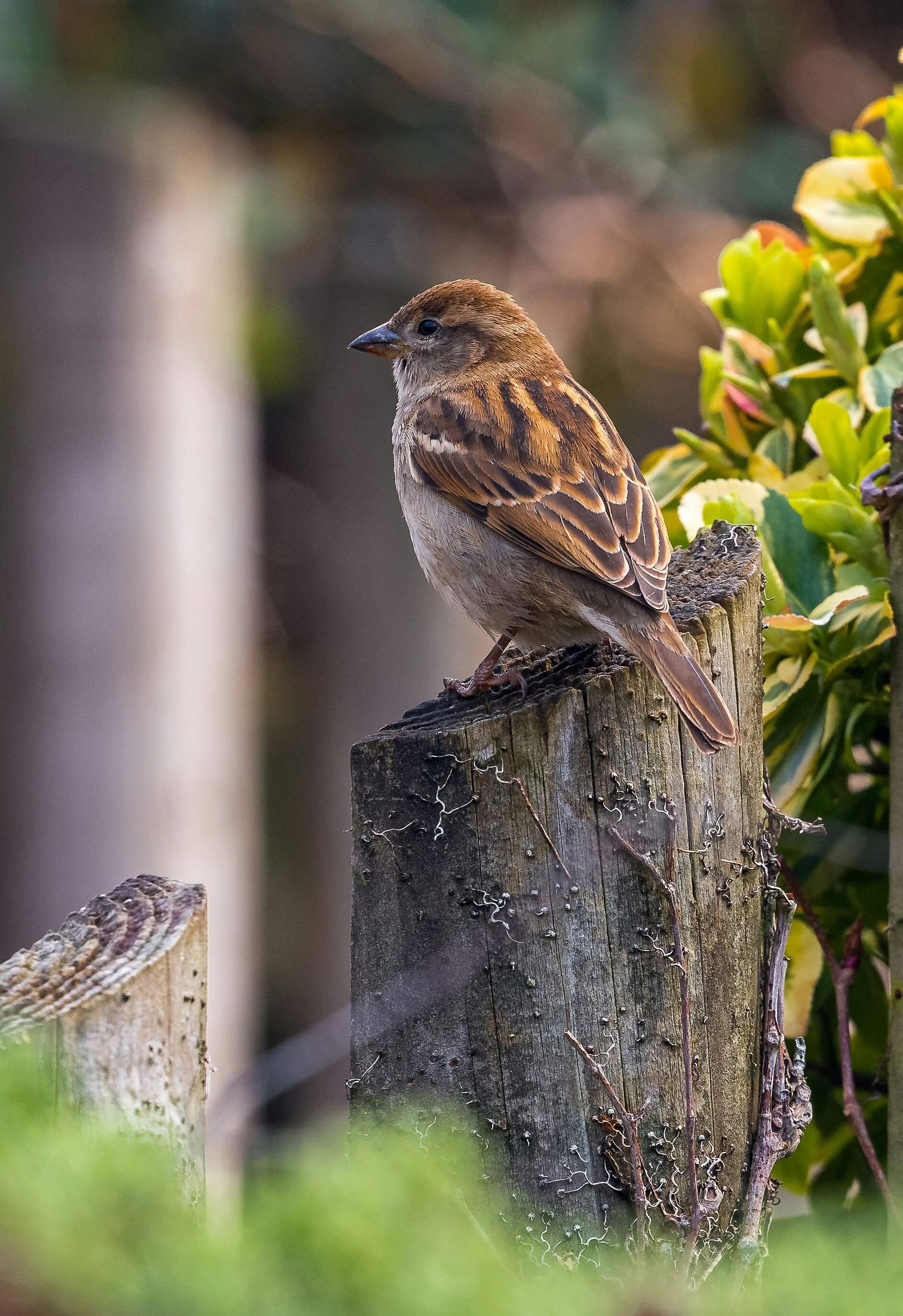
If you were inspired by this article and you would like to help animals in the area with us, join us, or if you do not feel that it is for you but you have a friend who cares about animal welfare - let them know. We are looking for volunteers.
There are so many things to do. ❤🐾
